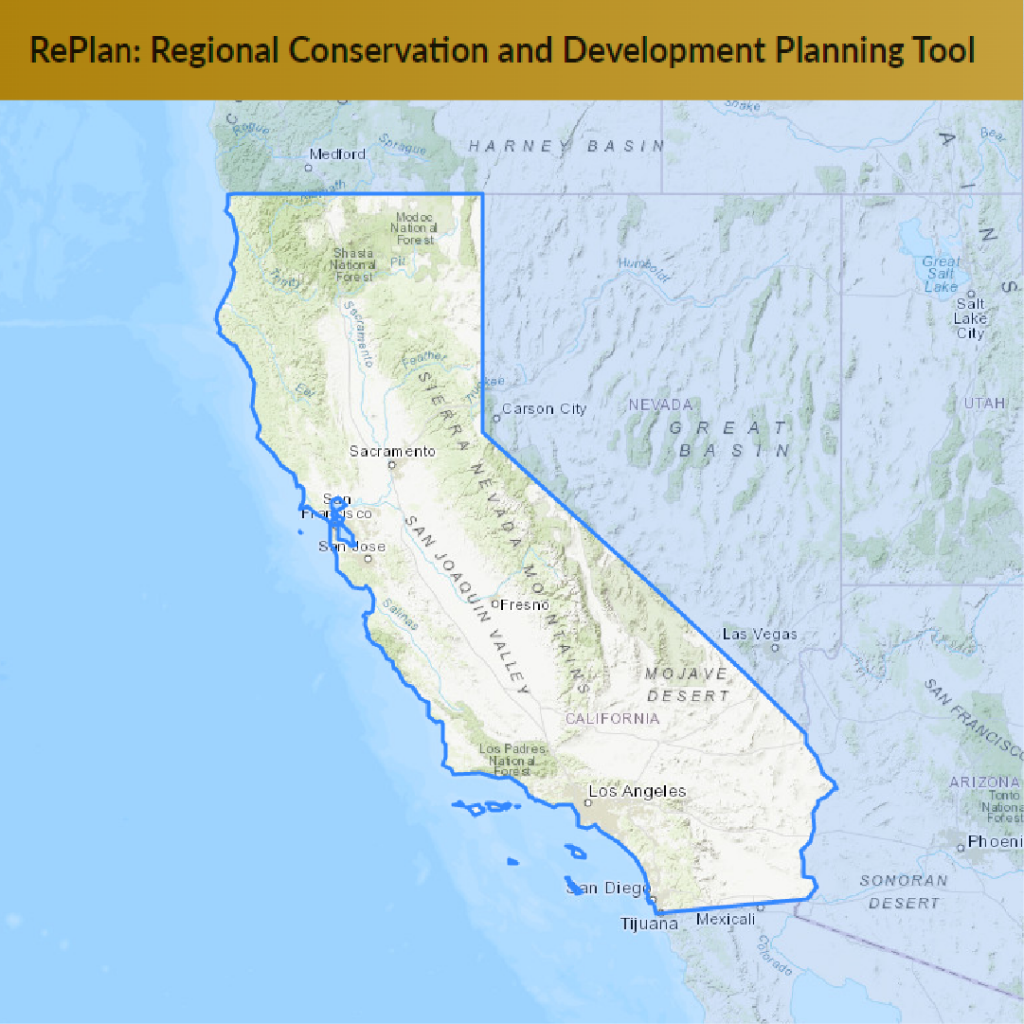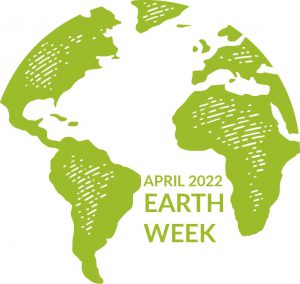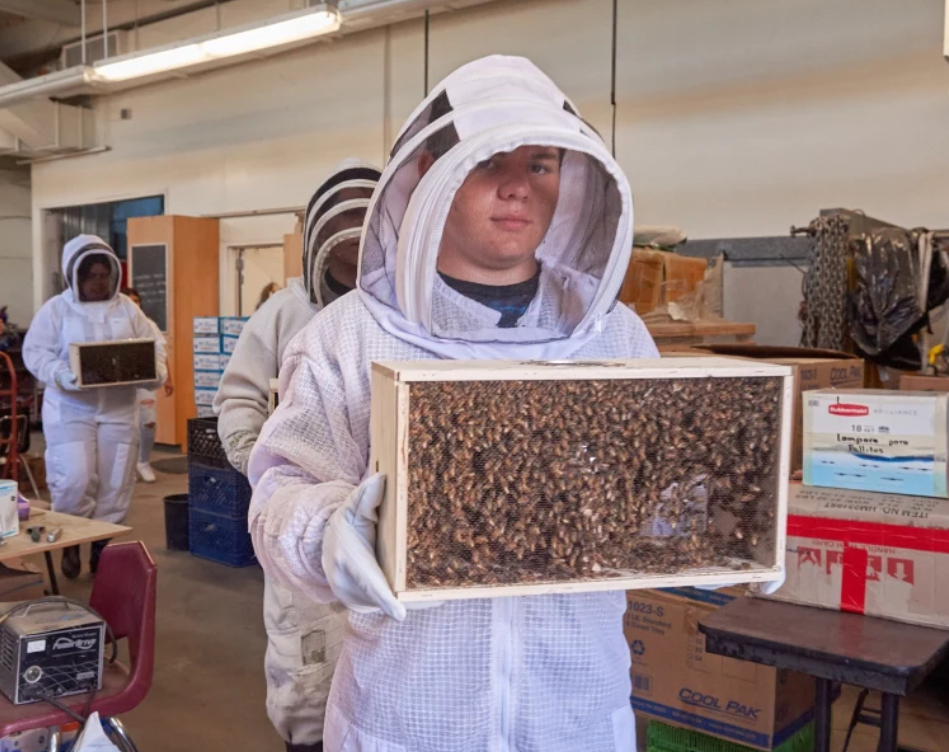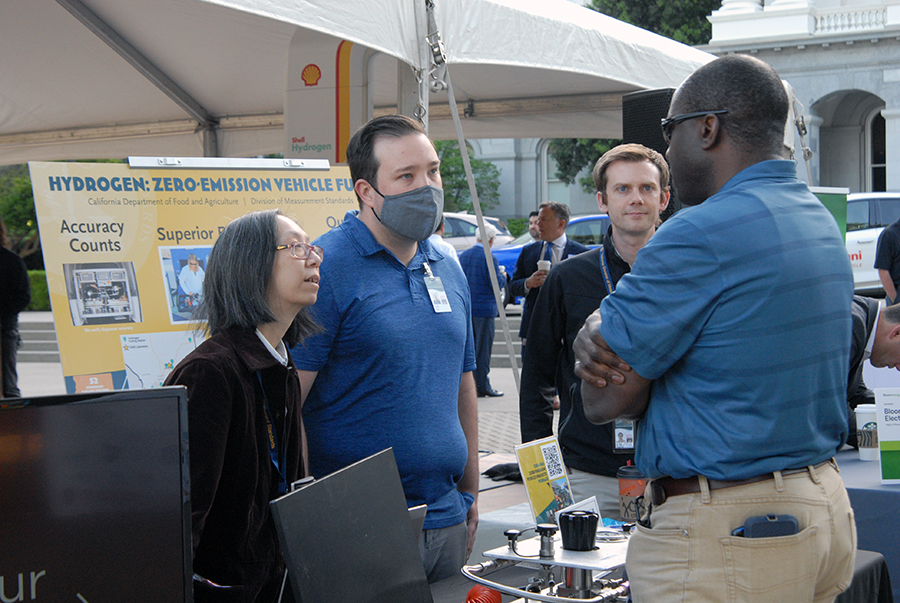The events of the last two years have shined a light on the pressures faced by California farmers, ranchers and farmworkers, and created a greater appreciation for their accomplishments. Many of these pressures are impacted by factors out of their control: climate change, drought, markets, weather, evolving policies and regulations, global supply chain issues, and geopolitcal events. Some of these seem unrelated individually, but they all have a very real impact on everyday decisions and efforts to maintain and expand viable businesses and family legacies.
CDFA is committed to facilitating equitable mental health support and resources for farmers, farmworkers, and organizations that work directly with the agricultural community. In advance of Mental Health Awareness Month (May), we are introducing a new webpage to promote the Western Regional Agriculture Stress Assistance Program (WRASAP) and California’s CalHOPE network. The webpage and related outreach materials are available in English and Spanish. This project was made possible by a $500,000 grant from USDA National Institute of Food and Agriculture.
“We feel for the farming community and want to do all we can to help,” said CDFA secretary Karen Ross. “With all that is occurring in our world affecting agriculture and everyone involved in, it we are pleased to have a grant to expand partnerships and mental health support in our rural communities.”
CDFA and its partners will disseminate information and resources within agricultural communities to assist farmers and farmworkers needing mental health assistance. Additionally, partner organizations Cal AgrAbility (UC Davis) and CSU Fresno will host Question, Persuade, Respond (QPR) workshops, intended to teach individuals how to recognize the warning signs of suicide, as well as provide training for organizations assisting farmers and farmworkers in the Central Valley.
CalHOPE will disseminate brochures, radio spots, and digital ads in English and Spanish to ensure more farmers and farmworkers are aware of the existing mental health resources and can access help when they need it. An additional partner on this project, the California Health and Human Services Agency, operates the CalHOPE program, which delivers crisis support for communities.
There is a virtual public stakeholder meeting scheduled for May 6, 2022 to discuss challenges and opportunities for addressing farmer and farmworker health. Visit GrowMentalWellness.org for more information.
In Spanish:
En anticipación del Mes de Concientización sobre la Salud Mental, CDFA lanza un sitio de internet con recursos de salud mental para agricultores, ganaderos y trabajadores agrícolas
Los eventos de los últimos dos años han mostrado las presiones que enfrentan los agricultores, ganaderos y trabajadores agrícolas de California, y un mayor aprecio por sus logros. Muchas de estas presiones se ven afectadas por factores fuera de su control: cambio climático, sequía, mercados, clima, políticas y regulaciones en desarrollo, problemas de la cadena de suministro global y eventos geopolíticos. Algunos de estos parecen no estar relacionados individualmente, pero todos tienen un impacto muy real en las decisiones cotidianas y el impulso para mantener y expandir negocios viables y legados familiares.
CDFA se compromete a facilitar el apoyo y los recursos equitativos de salud mental para agricultores, trabajadores agrícolas y organizaciones que trabajan directamente con la comunidad agrícola. En anticipación del Mes de Concientización sobre la Salud Mental (mayo), estamos presentando una nueva página de internet para promover el Programa Regional de Asistencia para el Estrés Agrícola del Oeste (WRASAP, por sus siglas en inglés) y la red CalHOPE de California. La página web y los materiales de divulgación relacionados están disponibles en inglés y español. Este proyecto fue posible gracias a fondos económicos de $500,000 por parte del Instituto Nacional de Alimentos y Agricultura del USDA.
“Sentimos por la comunidad agrícola y queremos hacer todo lo posible para ayudar”, dijo la secretaria de CDFA, Karen Ross. “Con todo lo que está ocurriendo en nuestro mundo que afecta a la agricultura y a todos los que son parte, nos complace tener fondos para expandir las asociaciones y el apoyo a la salud mental en nuestras comunidades rurales.”
CDFA y sus socios compartirán información y recursos dentro de las comunidades agrícolas para ayudar a los agricultores y trabajadores agrícolas que necesitan asistencia para el estrés. Además, las organizaciones asociadas Cal AgrAbility (UC Davis) y CSU Fresno organizarán talleres de “Preguntar, Persuadir, Referir (QPR)”, que tiene como propósito a enseñar a las personas cómo reconocer las señales de alerta del suicidio, así como proporcionar capacitación para las organizaciones que ayudan a los agricultores y los trabajadores agrícolas en el Valle Central.
CalHOPE difundirá folletos, anuncios de radio y anuncios digitales en inglés y español para asegurar que más agricultores y trabajadores agrícolas conozcan los recursos disponibles y puedan obtener ayuda cuando la necesiten. Un socio adicional incluye la Agencia de Salud y Servicios Humanos de California, que maneja el programa CalHOPE y brinda apoyo en situaciones de crisis a las comunidades.
Habrá una reunión pública de partes interesadas, programada para el 6 de mayo del 2022 para discutir los retos y oportunidades para abordar la salud mental de los agricultores y trabajadores agrícolas. Visite GrowMentalWellness.org para obtener más información.
















